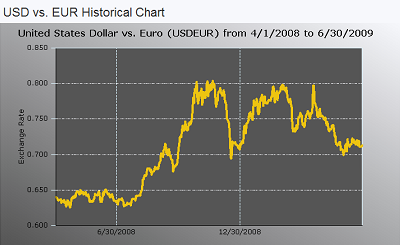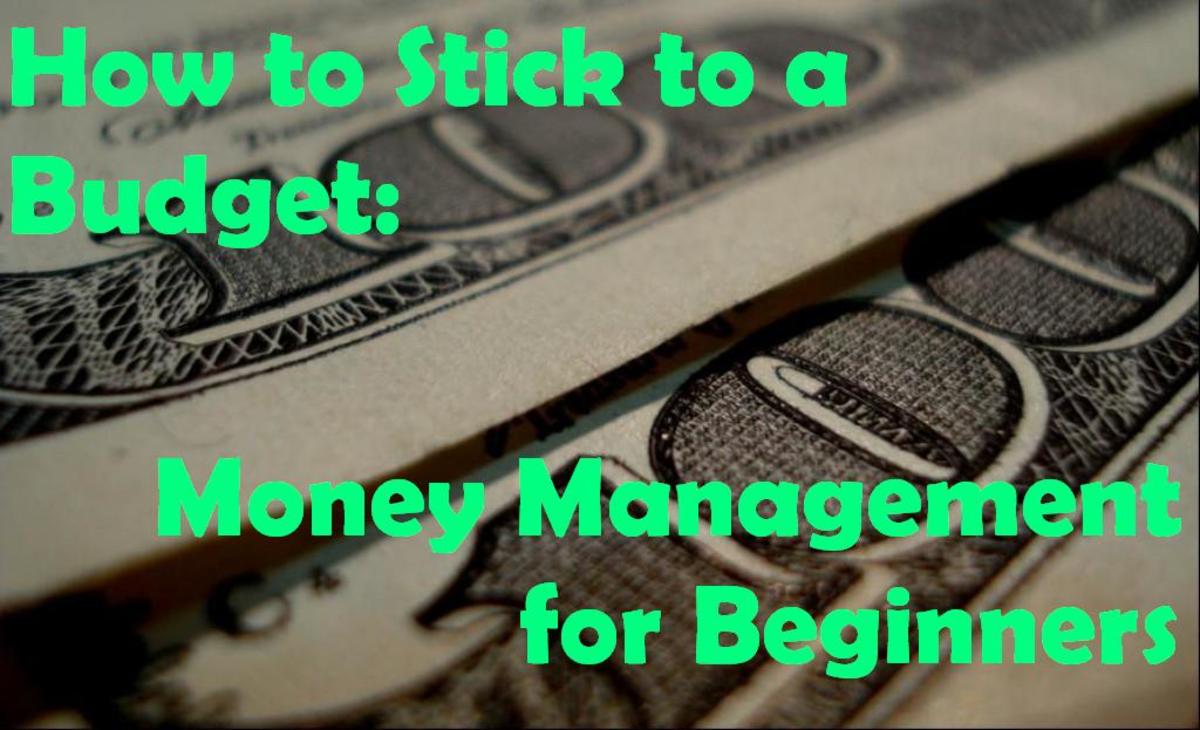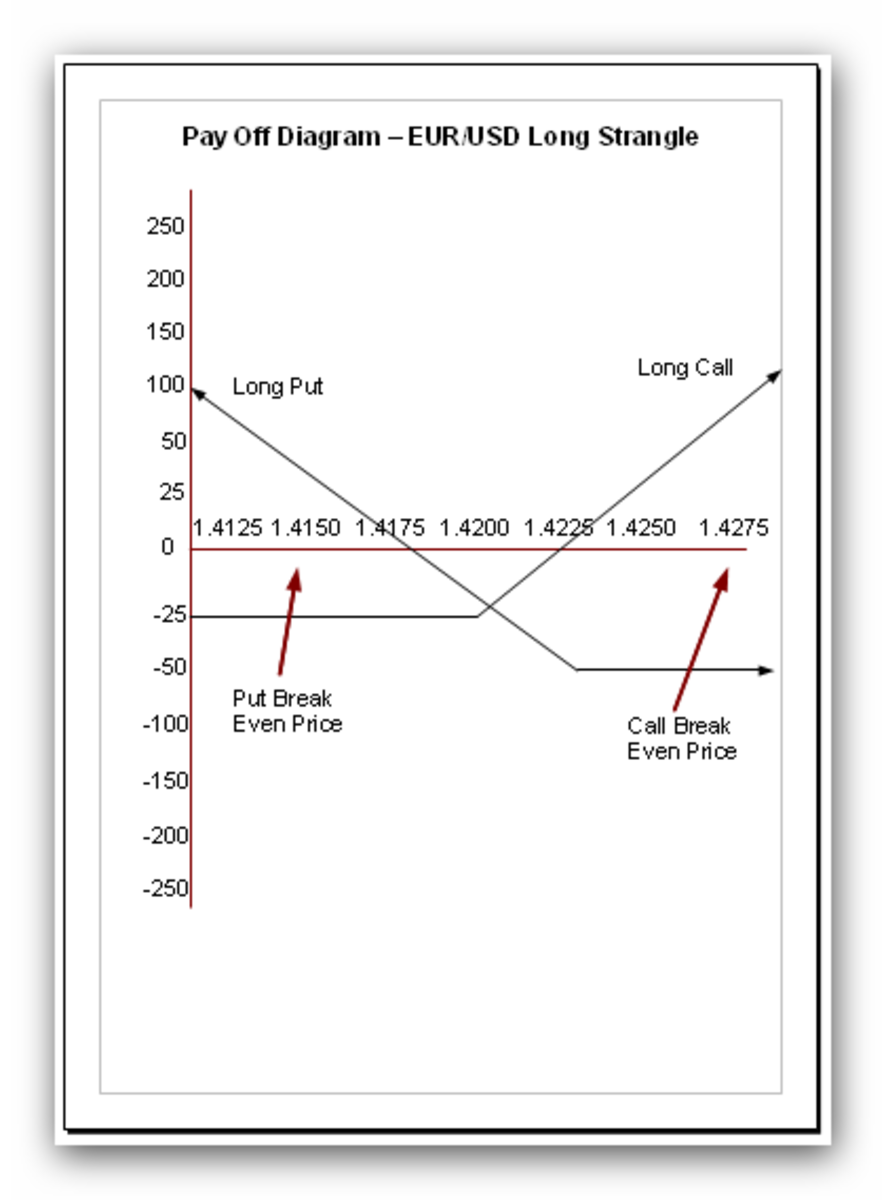Forex Forward Rates
Spot trading allows users to hedge whatever foreign exchange risk exists in the present, the forward foreign exchange markets are used to hedge risks in the future. There is essentially one reason why an institution would want to use forward foreign exchange and that is to hedge an exposure. The forward markets are a critical component of risk management to all three categories of forex users. The users are the corporate firms who are the hedgers, the speculators, and the markets makers, who are the banks.
Let’s look at an example of how a forex forward is used to hedge a currency risk exposure. An American importer of Japanese cars has agreed to pay for the cars in Yen and take delivery of the cars in three months time. What could happen to the dollar in the intervening three months before the importer takes delivery of the cars and pays for them? Well two things could happen.
Profit/Loss
| Spot
| Spot in 3 months
|
|---|---|---|
profit
| 87.77
| 89.80
|
loss
| 87.77
| 87.00
|
The dollar could appreciate against the yen and the importer would make a profit. Or, the dollar could depreciate against the yen and the importer would make a loss.
The importer is in the business of buying cars not in the business of speculating on exchange or currency risks. So if he locks in a rate today by buying the yen forward on the delivery date of the cars, the importer will gain two advantages.
1. He knows exactly how many dollars are needed to buy the yen.
2. He knows the price level at which to sell the cars at a profit.

A forward foreign exchange transaction is essentially an agreement to buy or sell a currency on a date that is greater than the spot date. The rate is agreed today with delivery of the currency at an agreed future date. The usual forward dates are 1, 2, 3, 6 and 12 months although if a customer wanted an odd time interval such as less than one month a bank would calculate this and quote a price.
Foreign Exchange Forwards
What Determines a Forward Rate?
In theory there is no reason why the forward rate cannot be the same as the spot rate. In reality however, they rarely are.
Using the sterling pound/dollar rate as an example what is actually calculated is a spot rate and a net interest adjustment. This is because interest rates vary between countries. Let us assume for a moment that the sterling pound/dollar spot rate and the sterling pound/dollar one month forward rate are the same. At 1.5600 and the sterling interest rate for one month was 8% and the dollar interest rate for one month was 5%.
Forward Rate = Spot Rate + Interest for one month
Spot
| Forward
| |
|---|---|---|
GBP/USD
| 1.5600
| 1.5600
|
Interest Rate
| 8%
| 5%
|
Since the basis for the forward market is the Euro currency interest rates what is actually calculated is the spread between the Eurodollar and Euro sterling interest rates.
An American investor decides to invest 1m sterling in the Euro Sterling one month at a rate of 8% rather than in the euro dollar market at a rate of 5%.
Currency
| Rate
| L/S
| £MM
| $
| £ INV
| $ INV
| R%
| Period
| Return
|
|---|---|---|---|---|---|---|---|---|---|
£/$
| 1.5650
| +
| 1
| 1,000,000
| 1,565,000
| 7.50
| 1m
| £6,250
| |
1,560,000
| 5.50
| 1m
| $7,172
| ||||||
£/$
| 1.5650
| -
| 1,006,250
| ||||||
+
| 1,574,781
| $9,781
|
In the top window above we can see that the investor has purchased one million sterling at a spot rate of 1.5650 paying $1.565.000 in exchange. The investor invests the sterling for one month in the Euro sterling market at 7.50% giving him a return of £6,250.00 sterling in interest. At the same time he enters into a forward transaction to sell sterling plus the interest earned into dollars at the same rate of 1.5650 and realises an overall profit of $9,781.00 and a net gain of $2,609.00 over an assumed dollar investment at 5.50% in the Eurodollar 1 month market.
Having the spot £/$ rate the same as the £/$ rate could not happen in reality for the following reasons:
- Many investors buying spot sterling would put pressure on the spot sterling to appreciate
- It would also put pressure on the Euro sterling 1 month rate to fall.
- At the same time there would be pressure on the Eurodollar 1 month rate to rise.
- Many investors selling sterling 1 month forward would put a lot of pressure on the1month sterling to depreciate.
Below are the new numbers reflecting the outcome of the interest rates and currency rates changing.
Currency
| Rate
| L/S
| £MM
| $
| £ INV
| $ INV
| R%
| Period
| Return
|
|---|---|---|---|---|---|---|---|---|---|
£/$
| 1.5700
| +
| 1
| 1,000,000
| 1,571,000
| 7.00
| 1m
| £5,833
| |
1,571,000
| 6.00
| 1m
| $7,855
| ||||||
£/$
| 1.5696
| -
| 1,005,833
| ||||||
+
| 1,578,855
| $7,855
|
The euro sterling 1 month is at 7% and the 1 month euro dollar at 6% reflecting an interest differential of 1% annualised. The difference between the sterling spot rate and the sterling 1 month forward rate is also 1% annualised. Therefore the percentage return on the investment is 6%. Forward rates always reflect the interest rate differential between two currencies. The base currency with the higher interest rate for a certain period is always discounted on the forward rate for the same period and the base currency with a lower interest rate is at a premium forward for the same period.
How do we calculate a forward exchange rate?
The future value of a currency is the present value of the currency plus the interest that it earns over time in the country of issue. Using simple annualized interest, this can be represented as:
Future Value of Currency (FV)
FV=P(1+r)n
FV = Future Value of Currency
P = Principal
r = interest rate per year
n = number of years
So for example if the annual sterling interest rate in the United Kingdom was 6% then 1 sterling pound would be worth £1.0600 in one years time. The dollar interest rate for the same period is 4%. So if there are 1.5000 dollars to 1 sterling pound then 1.5*0.04 = 0.06. So the dollar would be worth 1.5600 in a year’s time. To work out the forward rate we do the following calculation.
1.5000 * (1+0.0400)1/ (1+0.0600)1 = 1.4717
So the outright forward rate for £/$ in one year is 1.4700 dollars to one sterling pound. As the sterling interest rate is 6% and the dollar interest rate is 4% the sterling/dollar forward rate is discounted forward by 300 pips because the sterling interest rate is higher than the dollar interest rate.
Forward rates are usually quoted as pips to be added or subtracted from the spot rate. For example the one year forward quote for GBP/USD might be 280 / 260 on the prevailing spot rate of 1.5155-58. As we know that the forward currency is discounted forward because the sterling interest rate is higher than the dollar interest rate for the same period, we will subtract the pips from the spot rate.
Spot £/$ is 1.5155 – 1.5158
1 year forward 280 – 260
1 year GBP/USD forward outright is 1.4875 - 1.5898 because we subtract the forward pips from the spot rate. Notice that if there is no plus (+) or minus (–) sign in front of the quoted forward pips and we don’t know what the prevailing interest rates are we always subtract the forward pips if the bid side pips are higher than the offer side pips and add the pips if the bid side pips are lower than the offer side pips.








